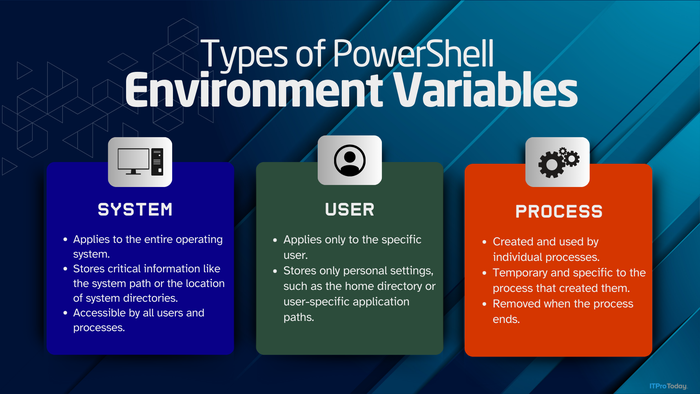Two Methods for Handling Cross-Domain Ajax CallsTwo Methods for Handling Cross-Domain Ajax Calls
Use JSONP with jQuery now, but keep an eye on CORS as the next solution for cross-domain access
April 2, 2012

RELATED: "How Secure is Ajax?" and "Ajax Features in ASP.NET MVC."
For security reasons, browsers tend to unilaterally block any calls being made to URLs outside the domain that served the current page. An Ajax page served from, say, dino.com, isn't allowed to place any Ajax calls to URLs that are located on a different domain. It should be noted that there are no technical reasons that prevent browsers from opening a socket to an endpoint and sending an HTTP request. If that doesn't happen, it's because browsers simply don't want to make cross-domain calls. To confirm this fact, consider that as a user you can enable cross-domain access at any time. All you need to do is open the Options dialog box of a browser, select the Security tab, and change the settings. Figure 1 shows the dialog box you use with Internet Explorer (IE) to enable cross-domain access.

Figure 1: Dialog box for enabling cross-domain data access in Internet Explorer
As a developer, you can't just assume that end users will set their browsers to allow cross-domain calls. Another solution must be found and applied. Indeed, a few options exist to solve the cross-domain access puzzle. In this article, I'll first briefly touch on the current de facto solution, "JSON with padding" (JSONP), then focus on a more futuristic solution that I hope will be available once it's ratified by the World Wide Web Consortium (W3C).
JSONP: The Current Standard for Cross-Domain Access
Although browsers seem reluctant to make cross-domain Ajax calls, they blissfully place cross-domain requests to scripts, images, and HTML pages. In fact, tags such as
As you can see, this code is now executable, and it will actually execute as soon as the response is received. JSONP requires that the endpoint and caller agree on a way to pass the name of the wrapper function. Subsequently, you can't use JSONP with just any site but only with those that explicitly support it.
Thanks to the support that jQuery provides for it, today JSONP is probably the de facto standard for safe cross-domain data access. Using JSONP is no more risky than downloading a script file from a remote site.
Here's an example of a call in jQuery that uses JSONP to enable cross-domain data access:
var url = http://server/some/endpoint?callback=?$.getJSON(url, function() {...});As you can see, the URL has a query string parameter set to a ? symbol. The name of this parameter must be agreed upon between the caller and server. For example, Flickr -- one of the first websites to support JSONP -- requires you set it to jsoncallback. The name is arbitrary but must be properly documented to allow others to make calls to your server. Callers should set the JSONP query string parameter to the name of the local function they want to act on the data returned from the remote site. So why is jQuery setting it to a wildcard?
The trick is that the jQuery programming model pushes the use of anonymous functions as callbacks, so it would be natural to pass such a function as an argument to $.getJSON. In between your call and the callback acting on returned data, though, is the JSONP wrapper. By adding a ? wildcard to the URL, you tell jQuery to generate on the fly a script function with an auto-generated name that's passed to the JSONP server. The body of this auto-generated function will then ultimately call into the specified anonymous function.
Figure 2 contains output from the Fiddler freeware tool showing the traffic generated by the JSONP call in the previous code sample.

Figure 2: Traffic for a JSONP call using jQuery
In Figure 2, the name of the temporary jQuery function is "jQuery" followed by a GUID, and (230) is the value returned by the remote server. (For the sample URL tested, this is just a randomly generated number.) You can try out the JSONP call yourself by pointing your Ajax page to http://www.expoware.org/demos/cors/cors/getdatajsonp and using "callback" as the JSONP parameter name.
Cross-Origin Resource Sharing
Although fully functional, the JSONP technique for making a cross-domain call is based on a clever trick. In particular, jQuery uses the trick by creating a
About the Author
You May Also Like






.jpg?width=700&auto=webp&quality=80&disable=upscale)
